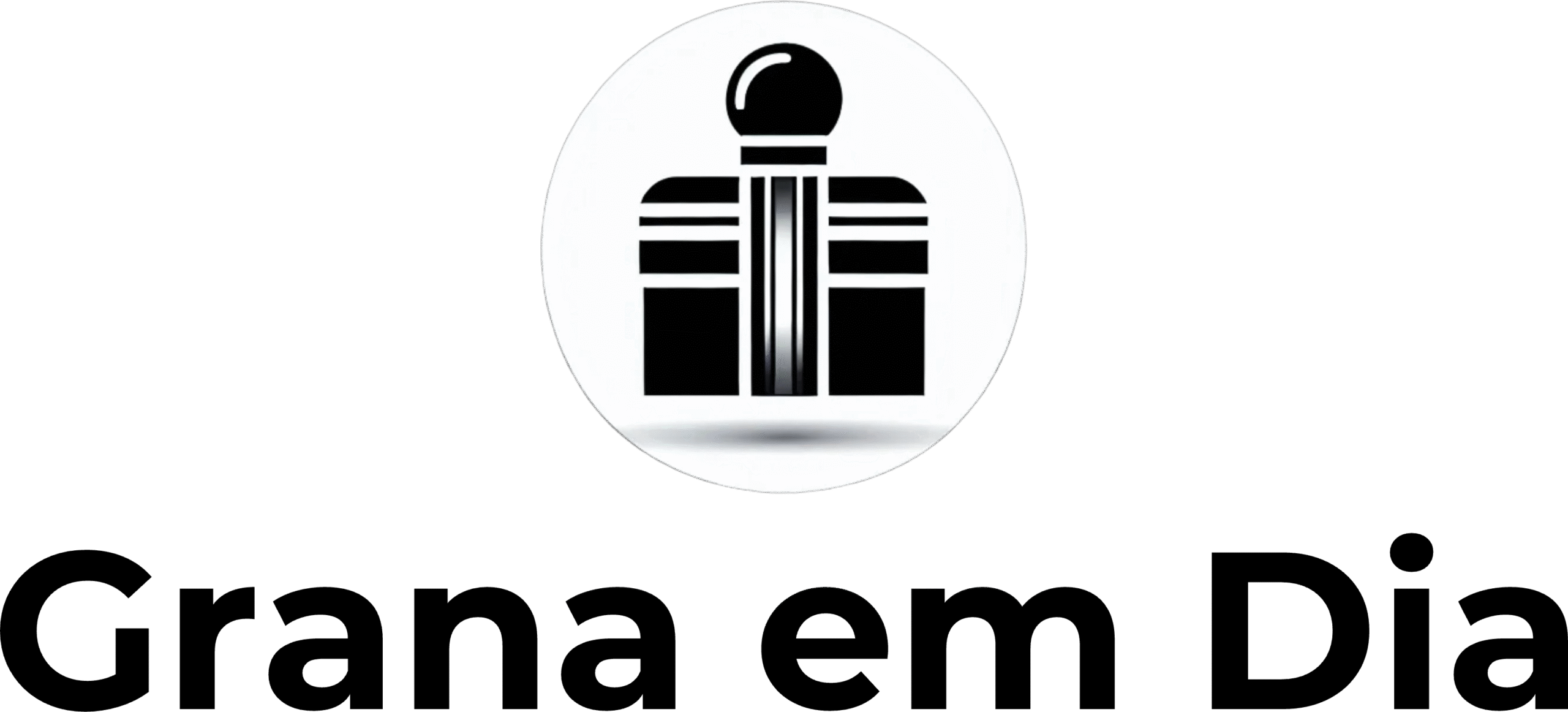Introduction: Two giants, two strategies
In a world of economic uncertainty, Brazil and the United States are taking different approaches to inflation and growth.
Brazil stands out with some of the highest real interest rates globally, while the U.S. is moving cautiously with incremental hikes.
But what does this mean for your money, your business, and your daily life?
This guide will help you understand the real-world impact of interest rates and tariffs in the U.S. and Brazil — and how it affects consumers and investors alike.
📊 What are interest rates and tariffs?
Interest rate: The cost of borrowing or the return on savings.
Tariff: A tax on imports or services that affects prices and trade flow.
🌎 The global landscape in 2025
The global economy is still dealing with post-pandemic effects, supply chain shifts, and geopolitical tensions.
In the U.S.:
- Fed Funds Rate: 5.00%–5.50%
- Inflation: stable, but above target
- Focus: sustained growth and consumer demand
In Brazil:
- Selic Rate: around 10.50% annually
- Real interest rates: among the highest globally
- Credit cost remains a major challenge
⚖️ Brazil vs USA: A side-by-side comparison
| Metric | Brazil (2025) | USA (2025) |
|---|---|---|
| Real interest rate | ~6% | ~1% |
| Inflation (YoY) | 4.5% | 3.2% |
| Average credit cost | ~40% per year | ~12% per year |
| Avg. import tariff | 11.6% | 2.4% |
🧠 Why this matters to you
1. Borrowing is much more expensive in Brazil
Consumers face interest rates 3–4x higher than Americans.
2. Conservative investment behavior
High rates in Brazil favor low-risk, fixed-income options, limiting innovation and entrepreneurship.
3. Higher product prices in Brazil
Electronics, tech, and imported goods cost significantly more due to high tariffs.
4. Currency and inflation pressure
U.S. rate hikes draw global capital, putting downward pressure on emerging currencies like the Brazilian real.
📉 Risk tradeoffs
Brazil:
- High rates stifle consumption
- Economic growth remains slow
- Consumer credit is a burden
USA:
- Lower rates fuel consumer debt
- Inflation risk lingers
- Asset bubbles may form
📈 How to protect your finances in 2025
Practical tips:
- Diversify across regions and currencies
→ Consider U.S.-based ETFs, dollar-linked funds - Take advantage of high Brazilian interest
→ Use CDBs, government bonds, inflation-linked savings - Watch central bank decisions
→ Fed moves impact global investment trends - Avoid high-interest debt
→ Especially revolving credit and long-term installments
Conclusion: Two systems, one wallet
The clash between U.S. and Brazilian economic strategies goes beyond theory — it shapes how you save, borrow, spend, and invest.
Understanding this economic showdown helps you build smarter strategies for 2025 and beyond.
🔁 Recommended action: Rebalance your investment portfolio to hedge against global interest shifts.
